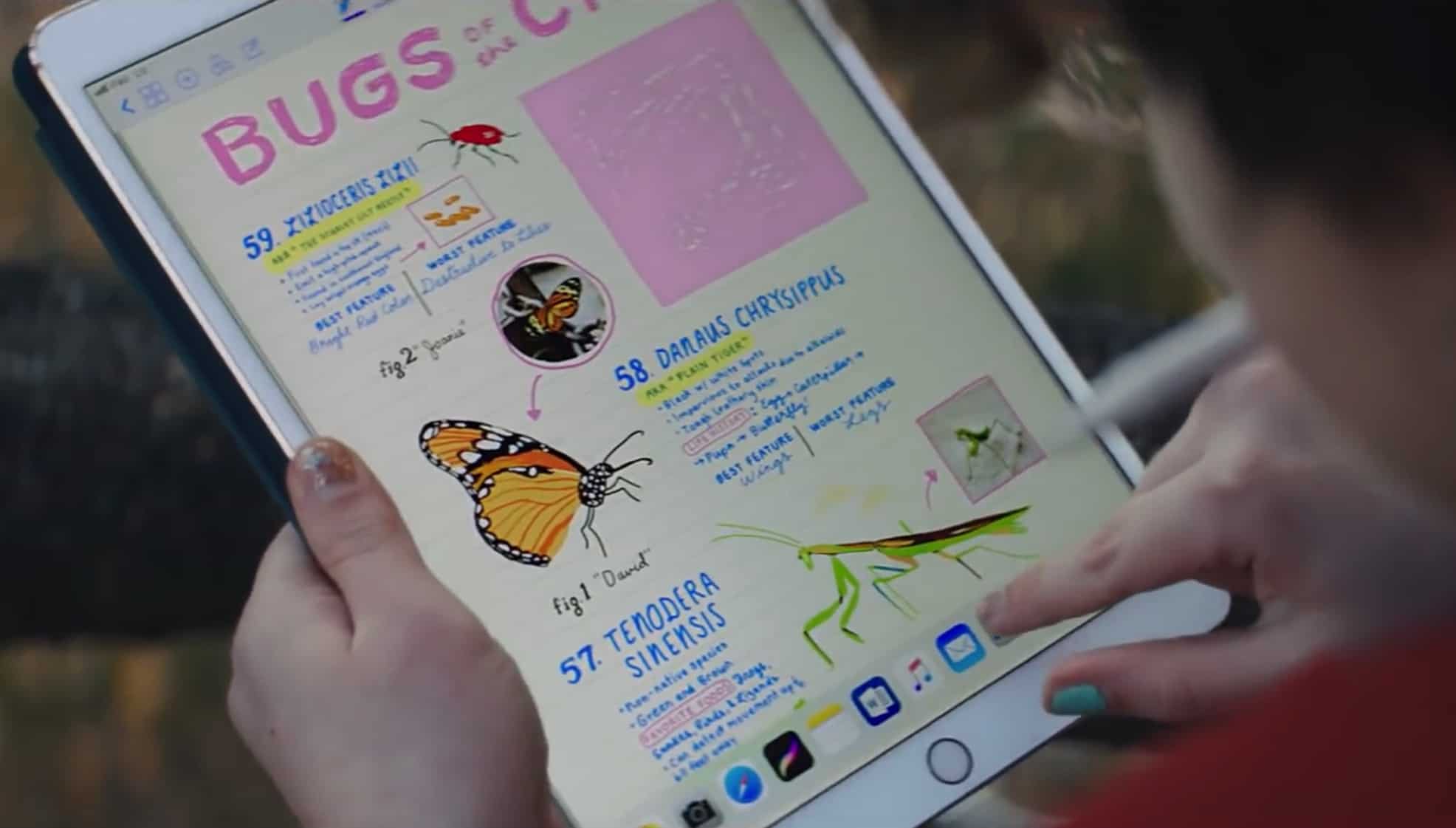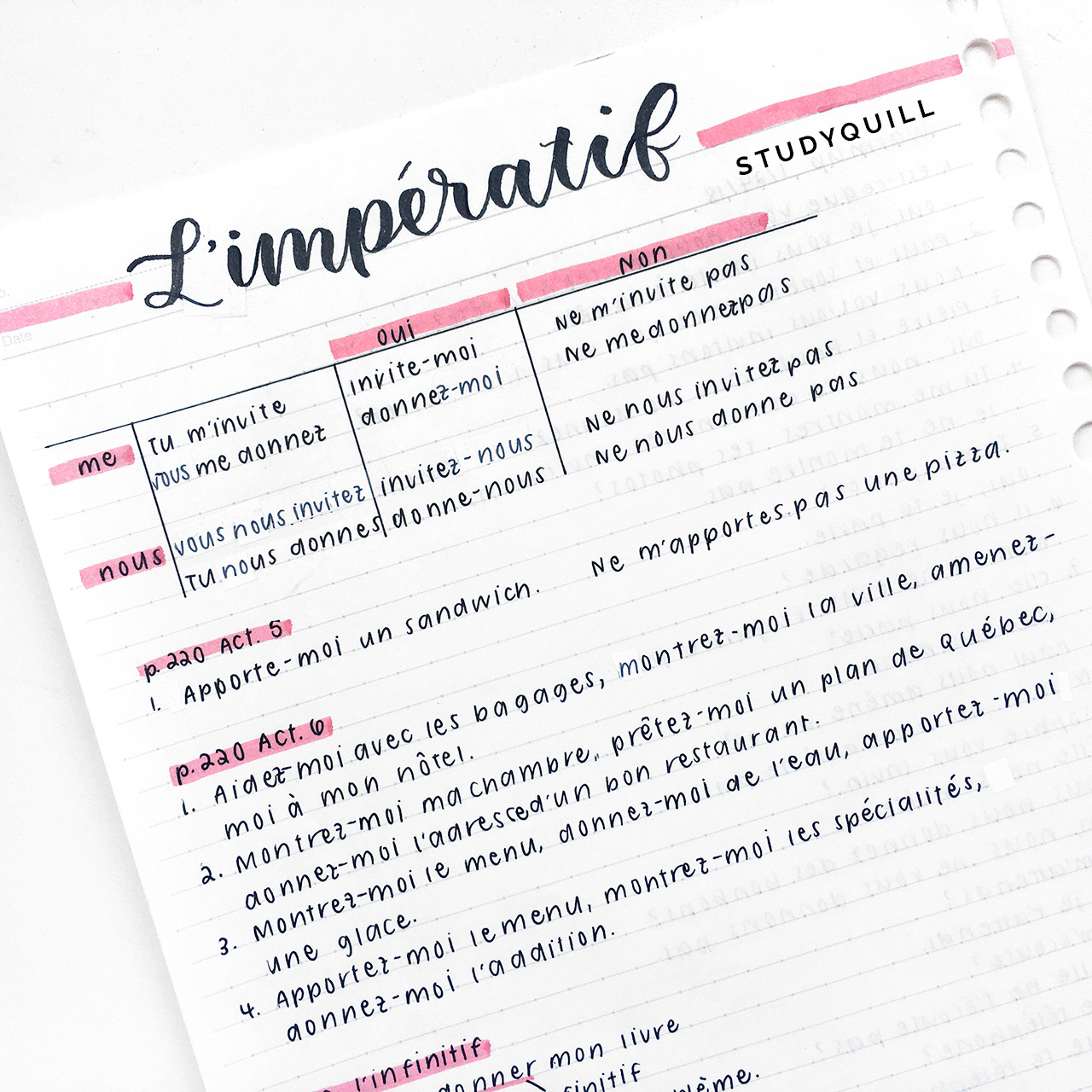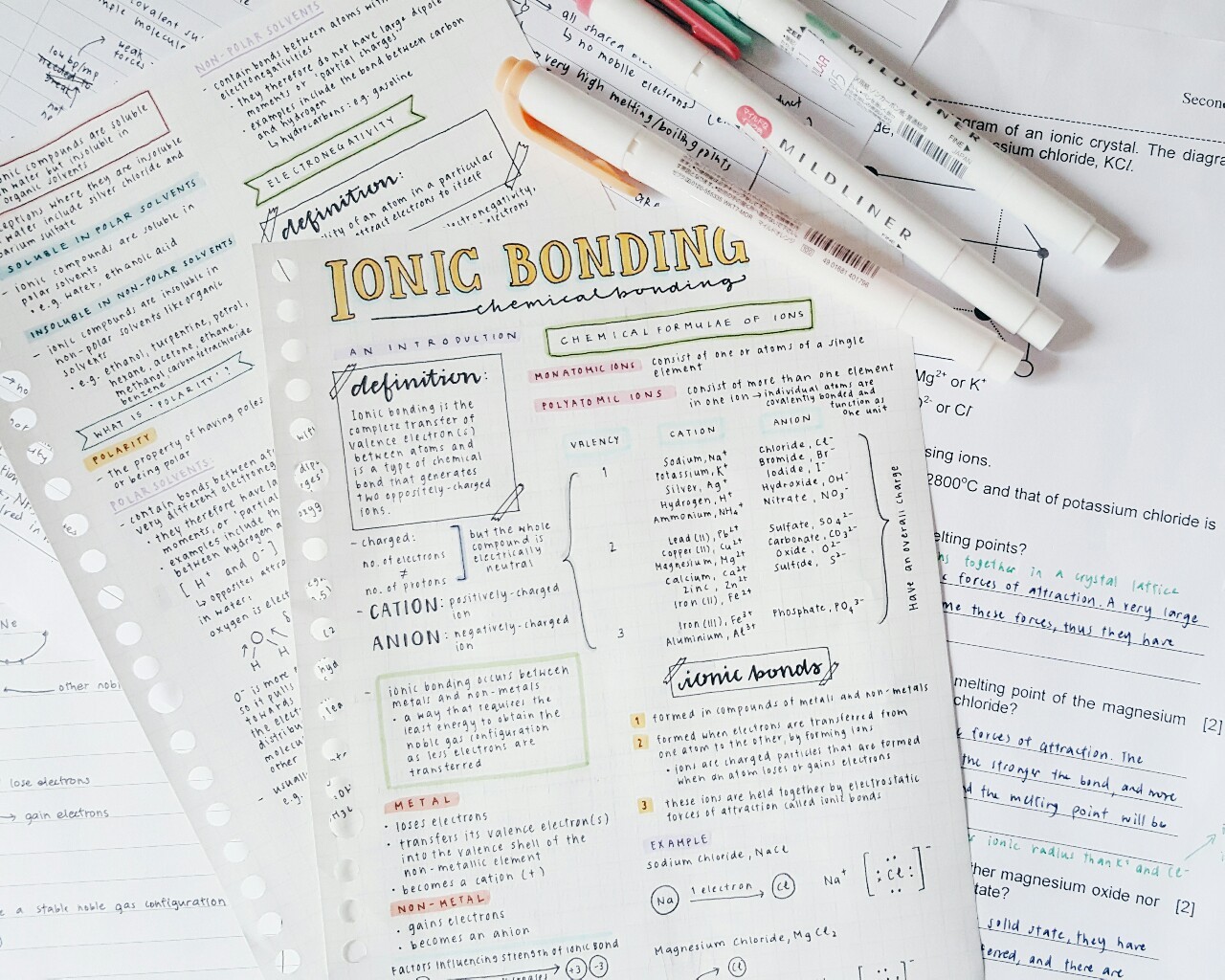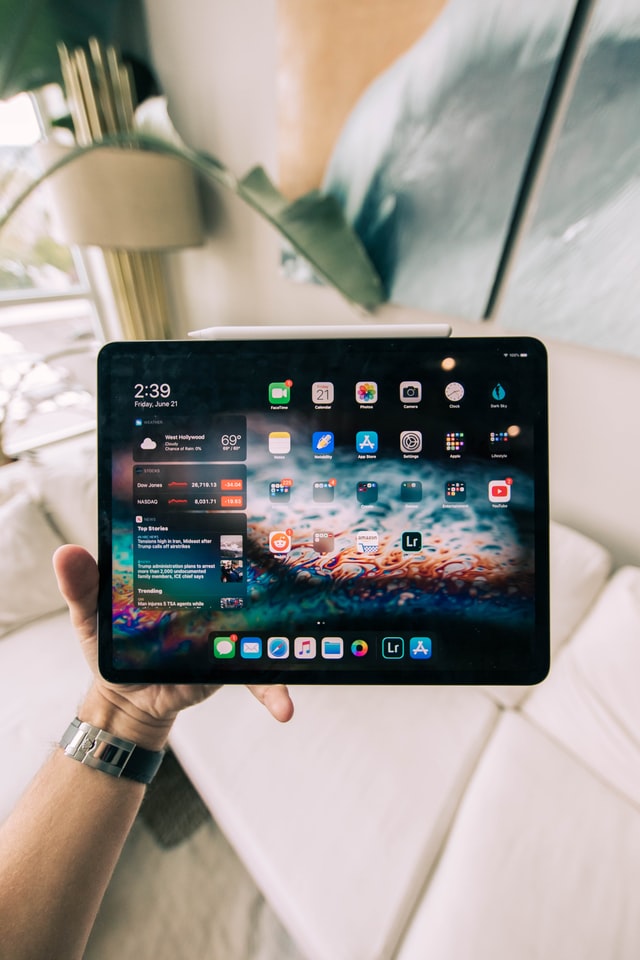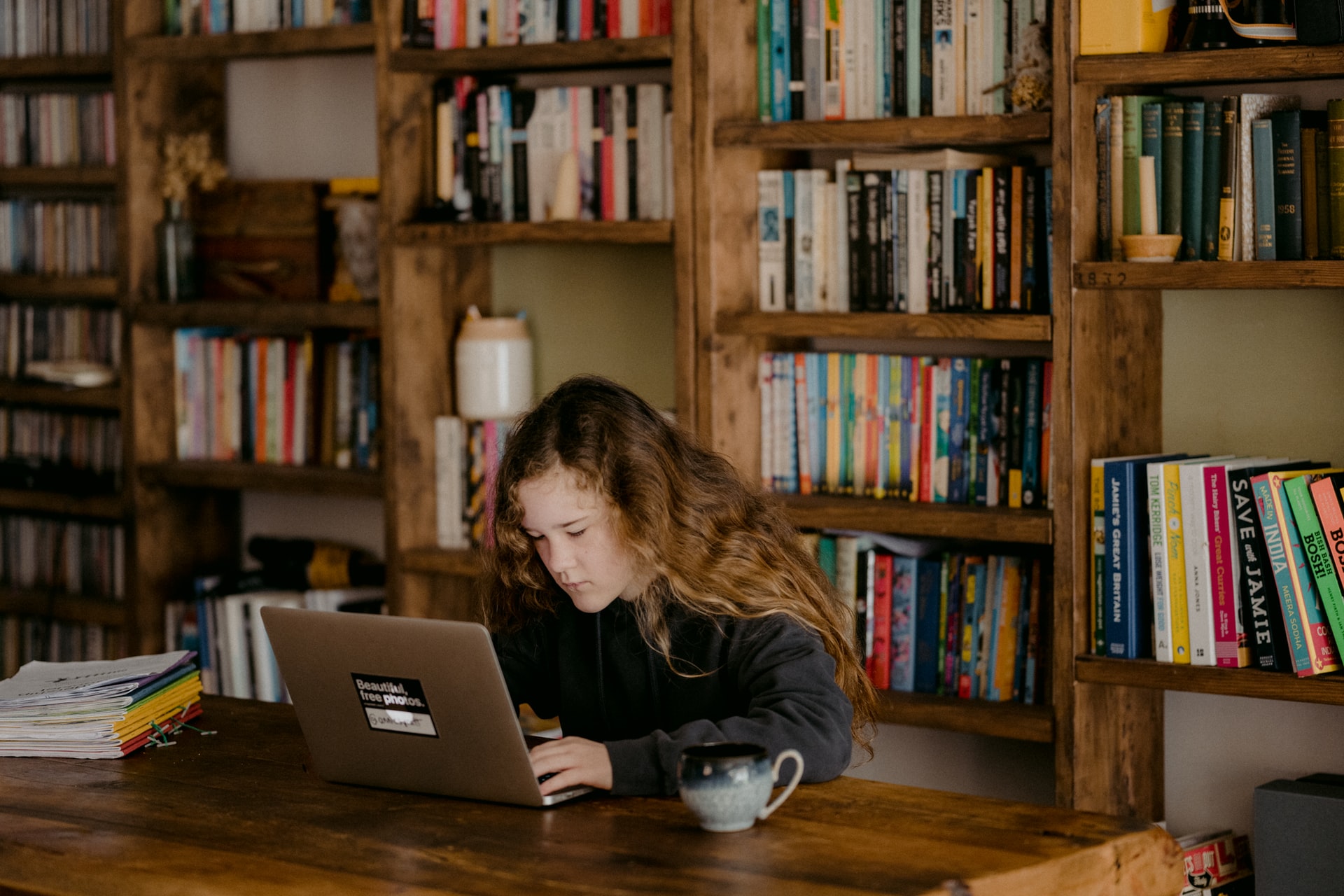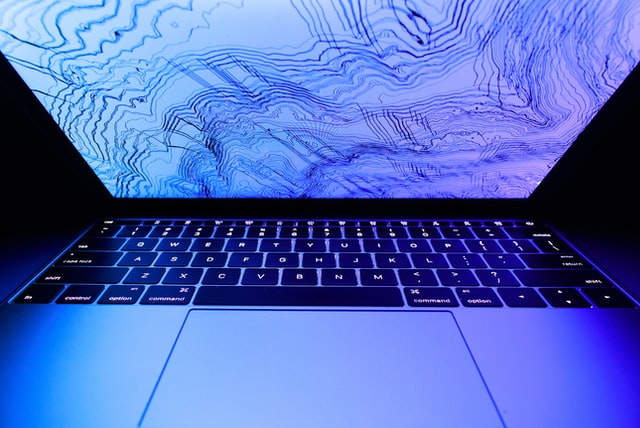
12 Rare Study Techniques That You Need To Know!
There are lots of articles and online resources out there that tell you the best studying techniques but they all tell you the same things! Study methods like using flashcards, forming study groups. None of them tell you the rare study techniques.
That is why I have written this article, compiling the 12 rarest study techniques so you can have an edge of your peers and get the results you want! Continue reading for all the great ideas.
1. Track how long you study for to work out how much effort you need to put in to get a good grade
This rare study technique is fantastic for figuring out how long you spend on each of your subjects and how this translates to the grades you receive. It’s really handy as you will be able to time manage better in the future. You will know roughly how much extra time you will need to put into studying for your next exam to improve.
A really good way to do track your studying is to use a pomodoro tracker printable. If you don’t know what the pomodoro study method is I suggest that you read my ultimate guide to the pomodoro study technique. The basic method is that you study for 25 minute intervals that you track with a printable sheet like the one below. Between each study session you can take a short break and then after 4 study sessions you can take a longer break of 20 minutes. It’s purpose is to make you more focused and get things done!
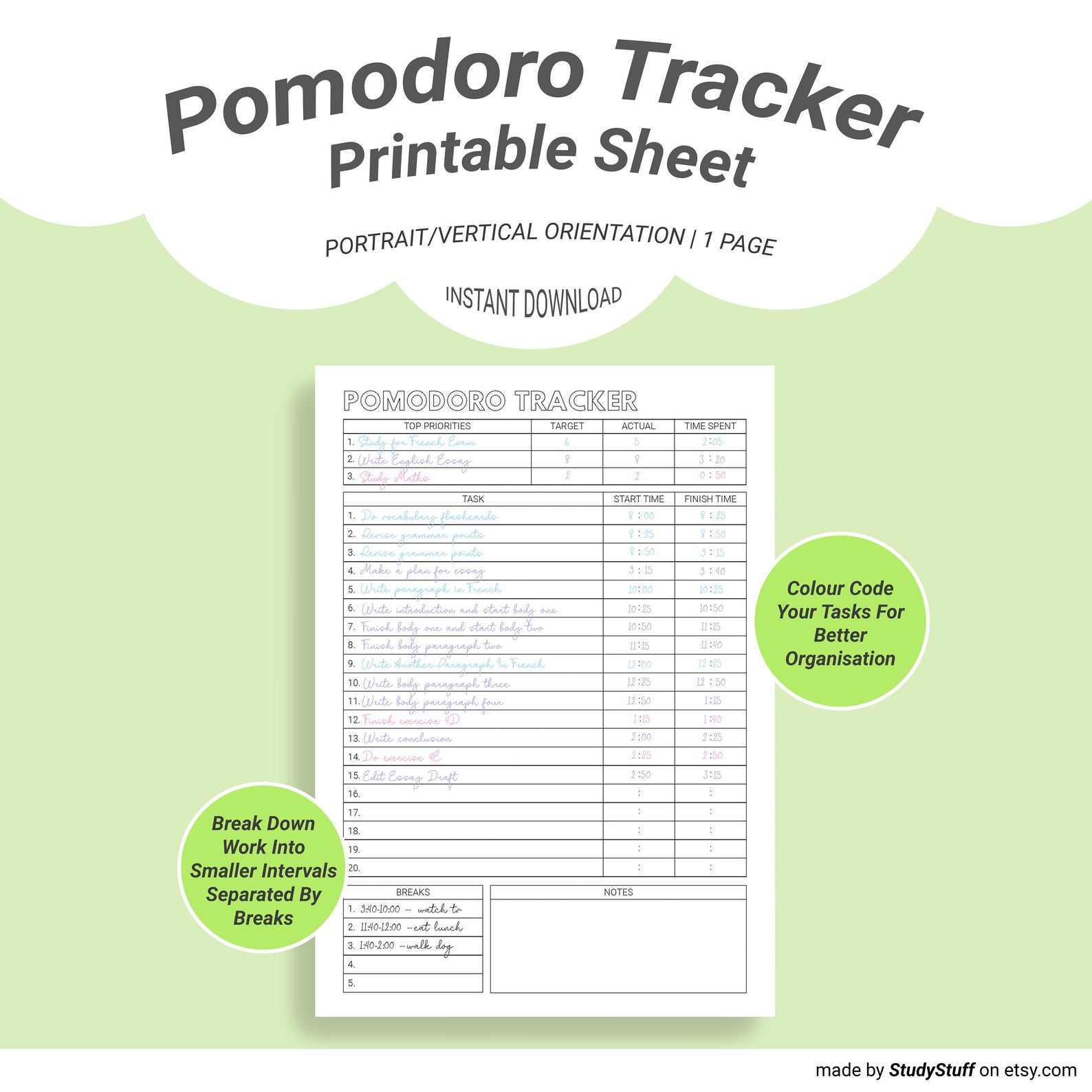
2. Exercise after studying then review what you just learned straight away
There has been lots of scientific research into the benefits of exercise on the brain and memory. If you study something you should go and exercise afterwards to help yourself remember what you just learned. Then straight away when you return home, revise what you just learned to reinforce it and make sure you don’t forget.
Not only will you be fresher to learn, but spaced repetition and revision like this is really important for effective studying. If you look at the graph below of Ebbinhaus forgetting curve which graphs your memory retention against the time elapsed since learning, you will see that after one hour you have already forgetting 56% of what you have just learned. You only remember 44%.
By studying an hour or so after first learning something, you can bring your memory retention back up to 100%. You could even track your spaced repetition revision schedule with my curve of forgetting printable sheets! On these printable sheets you can write down every topic of a subject you are learning and then tick off your revision and rate your understanding based on spaced repetition intervals.
If you are interested in learning more about the Ebbinghaus Forgetting Curve I suggest that you read my article on How To Overcome The Curve Of Forgetting.
3. Mimic test environments while doing past papers

This study technique may not seem rare as everyone does past papers before an exam but the secret to it that not many people do is mimicking test environments. This means doing past papers under timed conditions without a textbook or google.
However tempting it might be to flick through your textbook, don’t allow yourself as your grade that you get on the past paper will not reflect something you could get in the real exam. You need to just skip the question and then go back to if after the fake exam. This will highlight for you areas of weakness and where you can study more.
4. Film yourself teaching what you just studied
Teaching is one of the best ways to check your knowledge and make sure you really understand a concept. But we don’t always have someone there to teach. That is why making a video is a great solution.
Not only do you check your knowledge and find where you might have holes in your knowledge but you also make yourself a great resource to refer back to at a later date.
It’s a really rare study technique as not many people are comfortable filming themselves. If you feel this way just remember that the video is only for you and also that you are creating a great revision resource at the same time.
5. Go on a quick walk before an exam
As I briefly went through in point 2, exercise is really beneficial to your academic performance. I found these really interesting facts online that might convince you to actually take this rare study tip on board:
Regular exercise can actually increase the size of the hippocampus. Exercise also decreases pre-exam stress and anxiety, and improves quality of sleep.
Via 6 Tips For The Night Before & Day Of An Exam By Dreams.Co
A quick, brisk walk before an exam will remove yourself from the stress of everyone waiting outside the exam room and will also get your brain working so you are ready to be your best for the test.
6. Make notes based on the syllabus
This might not be a super rare study technique but it is probably one of the most important ones. You can only be tested on what is written in your syllabus. You do not need to learn anything that is not in the syllabus. So only makes notes based on your syllabus dot points.
When I make my syllabus based notes, I like to convert each dot point into a header. If I’m making typed notes I’ll make it a bold heading in a larger font. But if I’m making handwritten notes, I usually dedicate the page to one syllabus dot point. For example if I take Cornell notes, I might write the syllabus dot point as the title.
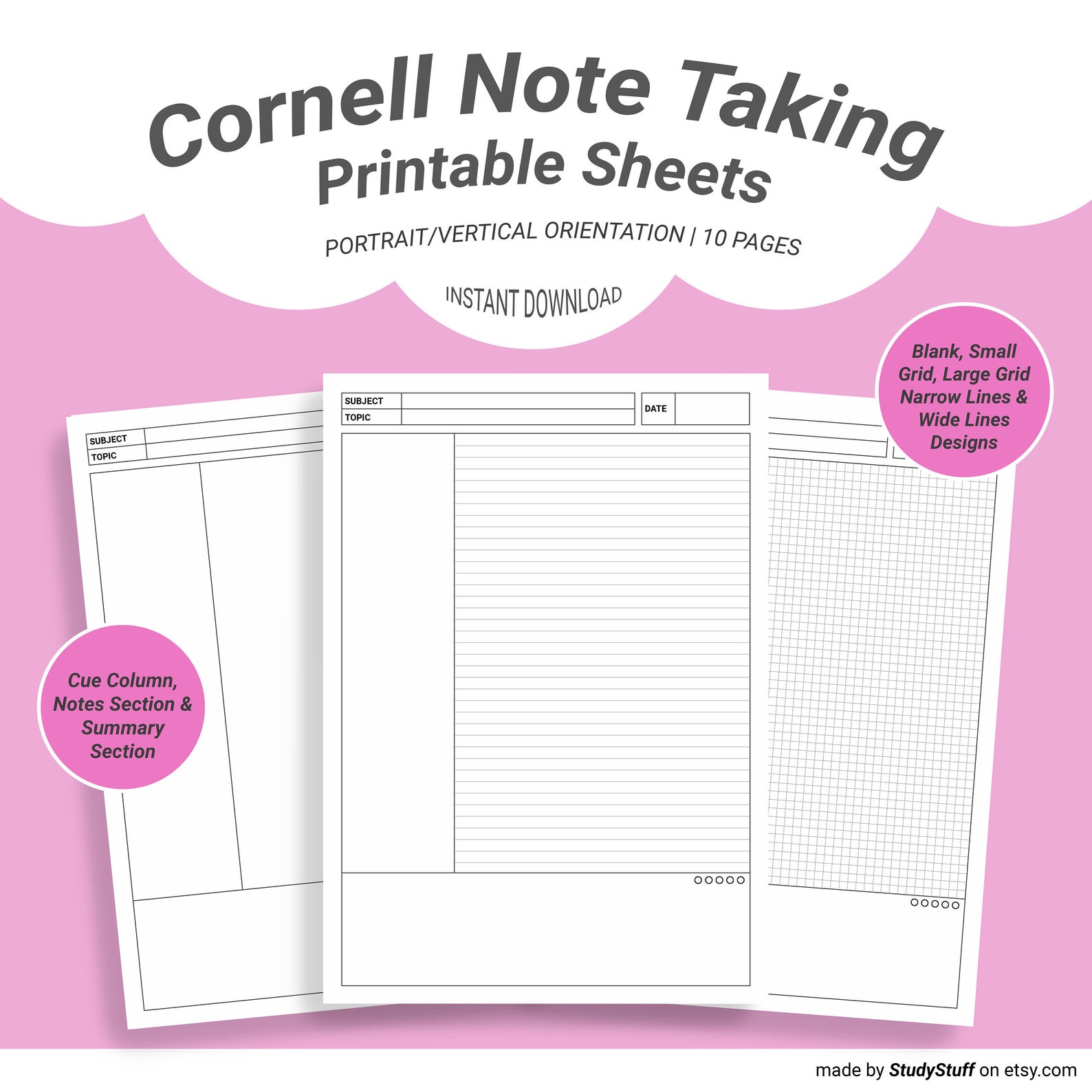
Learn how to take Cornell notes here!
7. Meditate as it can help your memory and concentration
Another rare study technique is to meditate as it can improve your concentration and memory. You can find heaps of meditation apps online to help you with this process such as Calm, Headspace and The Mindfulness App.
8. Watch YouTube
This is a rare study tip because not many people think of YouTube as a study source but rather as a place of influencers and entertainment. However there are millions of educational videos available for thousands of subjects for free. Learning from videos is a great study technique for visual learners as ideas are reinforced through their visual representation.
9. Use sticky notes
Sticky notes are a great study tool, especially for language learners. If you are having trouble remembering a word, simply write it down on a sticky note and then stick it on the physical object. For example you might be having trouble learning the word ‘le frigo’ in French. You could write the French on a sticky note and then stick it onto your fridge.
If you want more language vocabulary tops I highly recommend that you read my article on the best way to learn vocabulary with flashcards.
10. Search “site:edu [subject] exam”
If you type the above phrase into google, replacing [subject] with the name of the subject you are studying for you will find filtered results for past papers on education websites (websites that have .edu rather than .com)
For example you might search in google “site:edu maths exam” or “site:edu english past papers”
The best way to study is to do past papers so it makes sense to find as many as you can that are relevant. Complete as many as possible before your next exam.
11. Read with a challenging font
There was a study done by Daniel Oppenheimer on how hard to read fonts promote better recall. They put college students to the test, making them read passages in fonts such as sans serif, comic sans, arial and bodoni fonts. In short, they discovered that students remembered more when they read harder to read fonts as it made them slow down and really absorb the information.
We’ve all skimmed through text, got to the end, and realized we didn’t process the information very well. Making text harder to skim prevents that from happening. So it’s not terribly surprising that causing people to slow down and read more carefully improves their recall.
Oppenheimer in article “Hard-To-Read Fonts Promote Better Recall”
12. Food trail rewards
The final rare study technique in this article is to use food trail rewards. This is when you motivate yourself to study for a certain amount of time or read a certain amount from a book by giving yourself a small treat after completing a small goal. Usually people treat themselves with a gummy bear after reading one page of a textbook. You can change up the treat for whatever you like the most.
If you take notes using your iPad, you need to know these 12 iPad note taking tips! They will make …
There are many different note taking methods that can work well for language learning. To take effective notes for language …
To take pretty notes you need to firstly choose a consistent colour scheme. Next you should draw an eye catching …
To take notes on a PDF on an iPad you need to use a note taking or PDF reading app …
To get motivated to do school work one should set SMART goals, work in a motivating environment, break large projects …
To take aesthetic notes one needs to choose a consistent colour scheme, use eye catching titles and headers, invest in …


